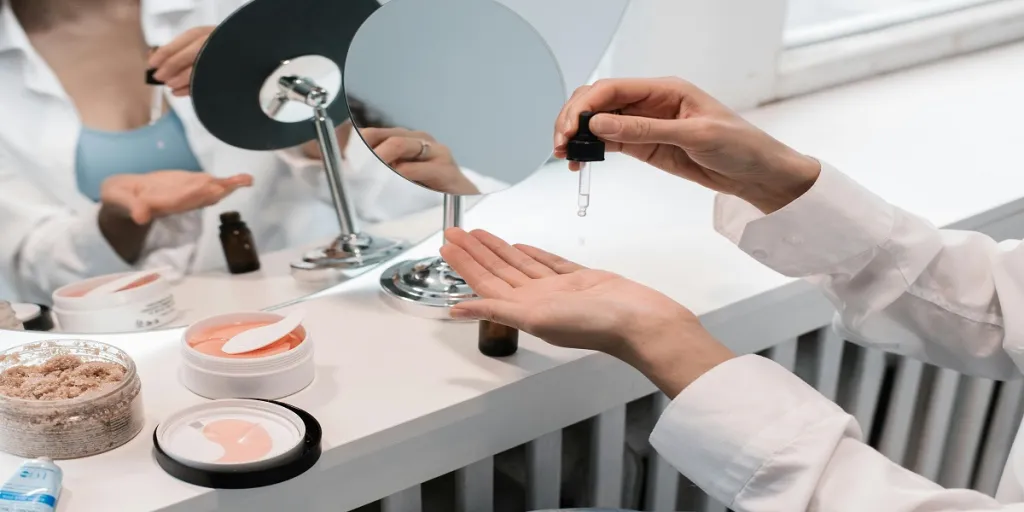As the clean beauty movement continues to grow in popularity, consumers seek products that live up to higher standards and a truer definition of “clean”. These changes make it worth exploring how the clean beauty market is impacting the beauty industry globally, as well as the opportunities this presents for businesses.
With this in mind, this article will highlight four key personal care products and solutions that will help brands maintain their appeal and boost sales this year and beyond. So read on for the latest trends in clean beauty, and find out how you can make your business stand out in this rapidly growing market.
Table of Contents
The market for clean beauty products
4 important trends in clean beauty products
Embrace the future of clean beauty products
The market for clean beauty products
Clean beauty products are made with environmentally-friendly and sustainable ingredients without sacrificing efficacy or results. In other words, they’re products that are good for you and the planet. Some popular clean beauty products include organic skincare, natural cosmetics, and eco-friendly hair care.
The global clean beauty market is expected to reach US $22.8 billion by 2025, and is anticipated to grow at a compound annual growth rate (CAGR) of 7.5% from 2018 to 2025.
This growth is driven by the increasing awareness of the harmful effects of chemicals in cosmetics and personal care products. Consumers increasingly opt for clean beauty products free from harmful chemicals and pollutants. The rising demand for natural and organic cosmetics is also fuelling the growth of the clean beauty market.
Skincare accounted for the largest share of the global clean beauty market in 2020, with a 28.5% share. This segment is expected to grow at the fastest CAGR of 8.4% from 2018 to 2025, which is due to the growing awareness about the benefits of using natural and organic skincare products.
The Asia Pacific region is expected to be the fastest-growing market for clean beauty, with a CAGR of 8.9% from 2018 to 2025. The increasing disposable incomes and the rapidly expanding middle-class population in emerging economies such as China and India are fuelling the growth of the clean beauty market in this region.
4 important trends in clean beauty
1. Proving claims
It’s no longer enough to have an organic label on a skincare bottle. Today’s consumers are challenging ingredients that have previously been vilified and adopting a science-backed, clinical approach. They are looking for brands that can provide proof that products are safer and deliver results.
People are seeking skin care with simple and clean ingredients. In response, brands are coming out with products that have fewer but more potent ingredients that can provide the results that people are looking for. For example, a study found that 60% of women are willing to spend more on beauty products with no toxic chemicals.
2. Move beyond being vegan
It’s no longer enough to simply avoid using animal products; brands must now make active pledges to be reef-safe or carbon positive and back up those pledges with total transparency.
Reef-safe beauty products are rising in awareness and have shown a 2.6% increase on social media. This shift represents a new era of responsibility for vegan brands, one in which they must not only avoid causing harm but also take active steps to promote sustainability.
3. Sustainable innovation
This trend manifests in several ways in the beauty industry, from waterless formats to biotech beauty. But one of the most obvious examples of sustainable innovation in the beauty industry is the move toward waterless formats. With water shortages becoming an ever-growing concern, brands are looking for ways to reduce their reliance on this precious resource.
Several waterless options are available on the market, from dry shampoos and dry conditioners to waterless face wash and makeup removers. As consumer demand for these products continues to grow, we’ll likely see even more waterless innovations in the years to come.
4. Microbiome beauty
The microbiome is an ecosystem of bacteria that lives on the skin’s surface. Balancing your microbiome is essential for healthy and beautiful skin, and consumers are looking for products that support this.
Microbiome beauty products are formulated with microorganisms to help balance the bacteria on your face. While using bacteria to promote skin health may seem counterintuitive, the science behind it is sound.
Probiotics, for example, are live bacteria that help restore the gut microbiome balance. Similarly, prebiotics are non-living substances that help encourage the growth of good bacteria. Both probiotics and prebiotics are found in many skincare products that claim to support the microbiome.
In one year, the worldwide searches for probiotic skincare grew by 100%, searches for probiotic moisturizers grew by 140%, and searches for probiotic face cream grew by 150%.
While microbiome beauty is still a relatively new concept, it’s gaining massive traction in the clean beauty industry.
Embrace the future of clean beauty
The beauty industry is amidst a clean beauty revolution, and brands must adapt to stay competitive. Consumers are becoming more aware of their personal care products’ harmful ingredients and demanding healthier alternatives.
By keeping the trends mentioned above in mind, brands can stay ahead of the curve regarding clean beauty.




